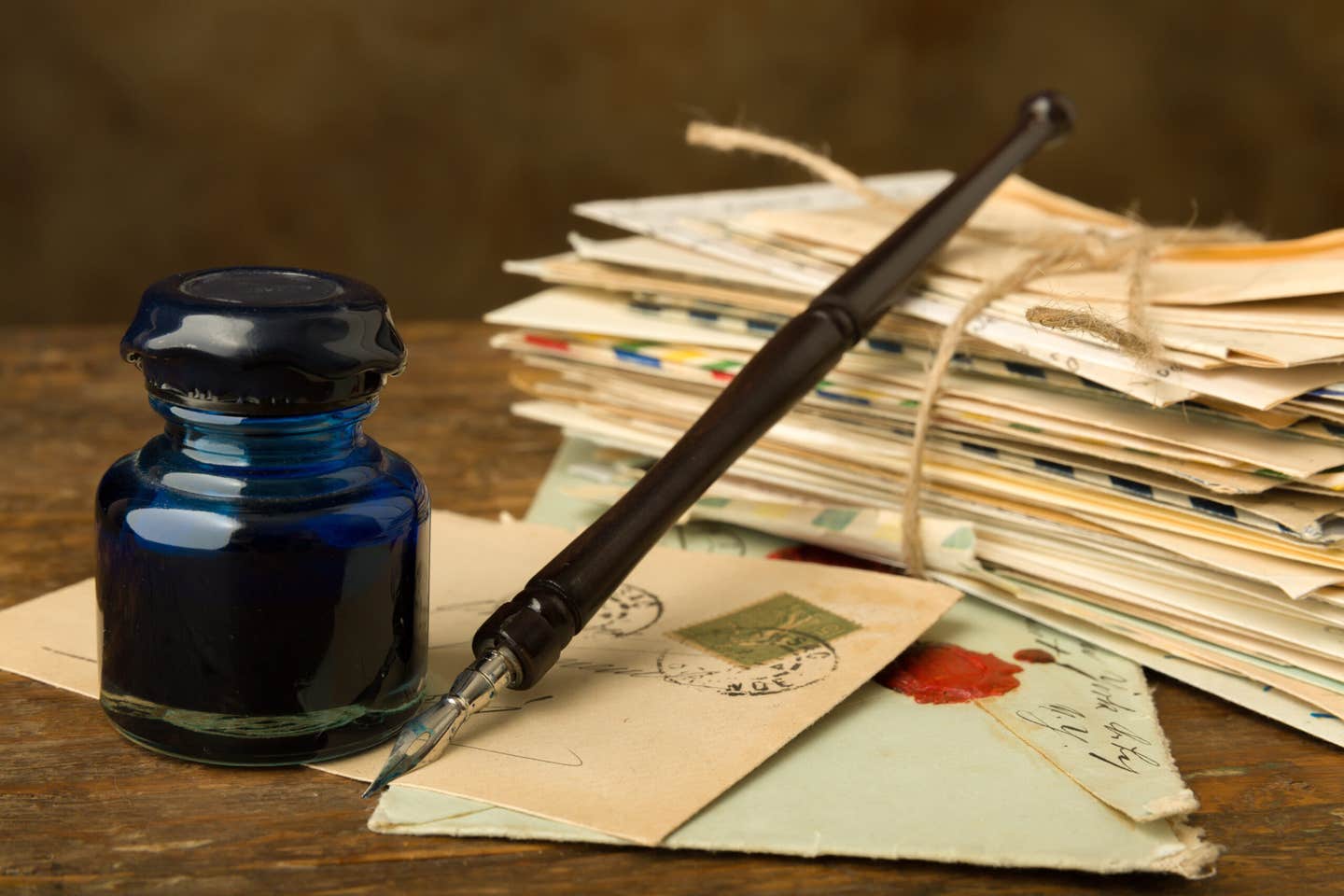1878 Morgan with 8 tailfeathers remains popular
When it comes to popularity, there are few U.S. coins that can provide serious competition for the Morgan dollar. The Lincoln cent might be one, and there are many 50…
When it comes to popularity, there are few U.S. coins that can provide serious competition for the Morgan dollar. The Lincoln cent might be one, and there are many 50 states quarter collectors, but Morgan dollars have a special appeal. They probably rank as the most popular silver coins of the United States.
The first Morgan dollar produced, dated 1878 and featuring 8 tailfeathers for the eagle on its reverse, is a historic and most interesting coin.
The story of the Morgan dollar actually goes back well before 1878. Silver dollars from the U.S. Mint had a very mixed track record with the public. Checking back into the 1840s and 1850s shows very small mintages, suggesting that silver dollars were not being used very heavily.
This observation is supported by the fact that during the 1850s, when gold dollars were in production, it was not unusual to see mintages of one million or more just from Philadelphia, while silver dollar totals were many times under 100,000. The Mint was, after all, producing coins to meet demand. In the case of silver dollars, demand clearly was not present.
These circumstances presented a problem when the Comstock Lode was discovered. Suddenly, the United States had a large amount of silver, and as time passed, that silver threatened market price to the point where Trade dollars (which no longer had legal tender status) were sometimes trading in circulation for well under one dollar.
Something had to be done. Action came in the form of the Bland-Allison Act. It required the purchase of large amounts of silver for the specific purpose of making new silver dollars. If the Bland-Allison Act sounds a bit like a government bailout of the silver mining industry, that is what it was.
In his excellent book on Morgan dollars, numismatic researcher Q. David Bowers suggested that coins in use at the time included Indian Head cents and copper-nickel three- and five-cent pieces, as well as Seated Liberty dimes through half dollars, and that by 1878 there was a glut of these silver coins.
Things moved quickly after passage of the Bland-Allison Act on Feb. 28, 1878. The first striking of the Morgan dollar, designed by young George T. Morgan, took place at 3:17 in the afternoon on March 11. The coins were definitely greeted with a mixed reception.
The Cincinnati Commercial said the eagle on the reverse resembled a “British grouse,” while the American Journal of Numismatics suggested that “The long line of monstrosities from the United States Mint certainly receives its crown in the new dollar.”
Within two weeks, Mint Director Linderman went to Philadelphia with changes. He wanted to slightly reduce the relief and to change the number of tailfeathers from 8 to 7, as earlier birds (according to him) had an odd number.
We do not know the reaction of Chief Engraver William Barber, who had a short-term answer to the feather fiasco, which was simply to impress 7 tailfeathers over the existing impressions of 8. This created the second type of Morgan dollar, the 7 over 8 tailfeathers.
The historic first Morgans, however, were definitely the 8 tailfeathers type, with an estimated mintage of 750,000. According to Bowers, they were scarce in the 1940s, but that was solved in 1953 with the release of many bags. Today, an MS60 example is listed for $200, while an MS65 is $1,125. An MS65 deep-mirror prooflike is priced at $20,000 while a Prf65 is $9,000.
Demand, especially in top grades, is strong. The 1878 Morgan dollar with 8 tailfeathers is usually well struck, but the eagle’s breast is typically shallow and not well rounded. In the case of prooflike coins, one side is frequently lustrous while the other is prooflike, making a truly exceptional quality coin one that might well go beyond the listed prices.
This is also true of proofs, since many want an especially nice reverse to illustrate the short-lived design. However, in every case, a nice 1878 Morgan dollar with 8 tailfeathers is a special coin as the first of a very popular set.
This article was originally printed in Numismatic News. >> Subscribe today.
More Collecting Resources
• Are you a U.S. coin collector? Check out the 2019 U.S. Coin Digest for the most recent coin prices.
• The 1800s were a time of change for many, including in coin production. See how coin designs grew during the time period in the Standard Catalog of World Coins, 1801-1900 .









